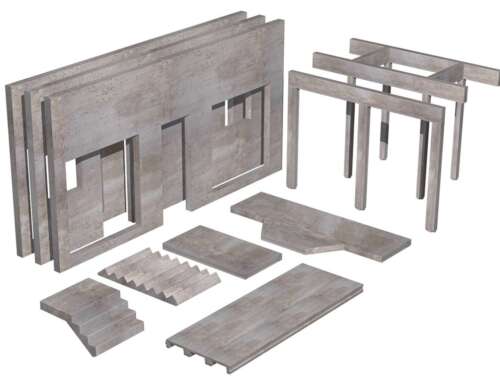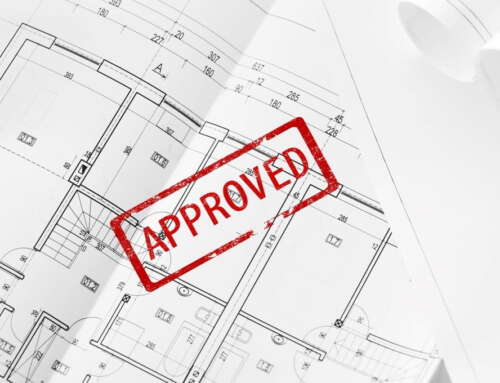A Comprehensive Guide to Permitted Development Rules in the UK

Permitted Development Rights (PDR) in the United Kingdom offer property owners the flexibility to undertake certain construction and alteration works without the need for planning permission. These rights are designed to simplify the planning process, stimulate development, and provide homeowners with greater autonomy over their properties. However, navigating the complexities of permitted development rules requires a thorough understanding of the regulations and limitations. In this in-depth guide, Greenlife Contractors explores the intricacies of permitted development rules in the UK, providing valuable insights for homeowners, developers, and construction professionals.
Understanding Permitted Development Rights
Permitted Development Rights (PDR) are a set of regulations outlined in the Town and Country Planning (General Permitted Development) Order 2015. These regulations specify the types of development and changes that can be made to properties without the need for planning permission from the local authority. Permitted development covers a diverse range of alterations, extensions, and renovations, offering homeowners flexibility in modifying their properties while adhering to specific criteria.
Key Categories of Permitted Development
- Home Extensions: Permitted Development rules encompass various types of home extensions, including loft conversions, rear extensions, and side extensions. However, these extensions must comply with specific limitations on size, height, and design. For example, single-story rear extensions should not exceed certain dimensions and must not surpass the original height of the property.
- Roof Alterations: Permitted Development rights extend to roof alterations such as the installation of roof lights, dormer windows, and roof terraces. These alterations must meet stringent criteria regarding size, height, and positioning to qualify under permitted development.
- Outbuildings and Garden Structures: Property owners can construct outbuildings like sheds, garages, and garden rooms under permitted development rights, subject to size and height restrictions. Similarly, garden structures such as decking, patios, and pergolas may also be permissible under specific conditions.
- Change of Use: Permitted Development rules allow for changes of use in certain buildings without planning permission. For instance, converting a commercial property into residential use or repurposing agricultural buildings as office space may be permitted, provided specific criteria are met.
- Minor Alterations and Renovations: Minor alterations and renovations, including internal modifications, satellite dish installation, and window replacement, may fall under permitted development rights. However, these alterations must adhere to relevant criteria and should not significantly alter the external appearance of the property.
Limitations and Restrictions
While permitted development rights offer flexibility, it’s essential to be aware of the limitations and restrictions:
- Conservation Areas and Listed Buildings: Properties in conservation areas or listed buildings may face additional restrictions on permitted development to preserve their architectural and historical significance. Homeowners may need planning permission for even minor alterations in such areas.
- Article 4 Directions: Local authorities can issue Article 4 Directions to remove permitted development rights for specific properties or areas. These directions aim to protect the character and appearance of an area, necessitating planning permission for certain types of development.
- Height, Size, and Design Restrictions: Permitted development rights impose strict limitations on the height, size, and design of alterations and extensions. Compliance with these restrictions is essential to avoid enforcement action by the local planning authority.
- Neighbour Consultation: Homeowners may need to notify or obtain consent from neighbours for certain permitted development works, especially for larger extensions that may affect adjoining properties.
- Building Regulations: Although planning permission may not be required, compliance with building regulations is mandatory for permitted development works. Building regulations cover aspects such as structural integrity, fire safety, and energy efficiency.
Conclusion
Permitted Development Rights offer homeowners valuable opportunities to undertake construction and alteration works without planning permission. However, understanding the regulations and limitations is crucial to ensure compliance and avoid legal issues. By following the guidelines outlined in this comprehensive guide by Greenlife Contractors, property owners can navigate permitted development rules in the UK with confidence, making informed decisions about their construction projects and renovations. Find out more by contacting the Greenlife Contractors team.





